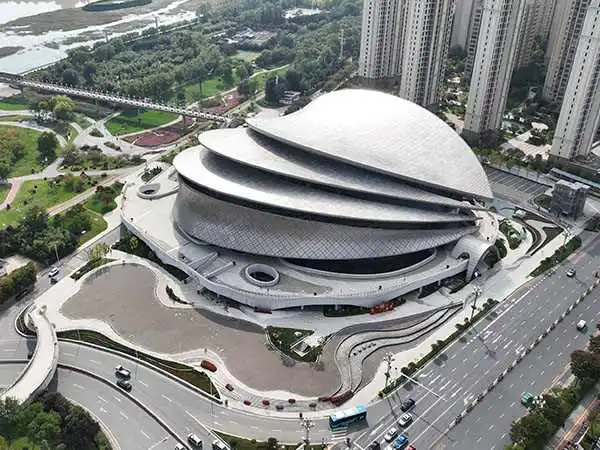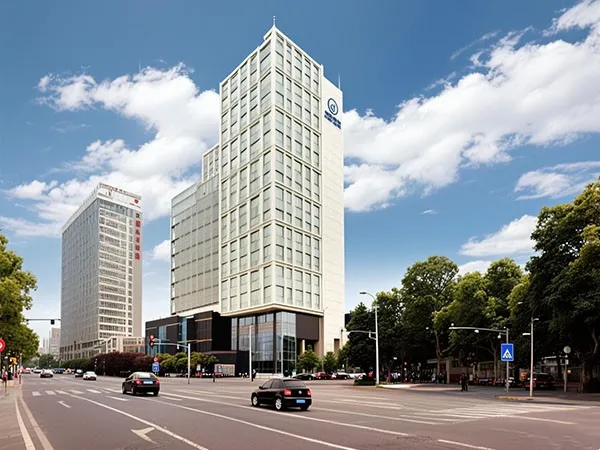Steel structure buildings have become a dominant choice in modern construction for a wide range of applications, from skyscrapers and industrial warehouses to residential homes. Their popularity stems from a powerful combination of engineering, economic, and environmental advantages.

1. Strength, Durability, and Safety
High Strength-to-Weight Ratio: This is steel's most significant advantage. It is incredibly strong for its weight, meaning you need less material to support a structure compared to concrete or wood. This leads to lighter buildings, which in turn require smaller and less expensive foundations.
Seismic and Wind Resistance: Steel is a ductile material, meaning it can bend and deform under extreme loads (like an earthquake or high winds) without fracturing. This ability to absorb energy makes steel-framed buildings exceptionally safe in seismic zones and areas prone to hurricanes.
Fire Resistance: Steel is non-combustible and will not contribute fuel to a fire. While it can lose strength at very high temperatures, it can be treated with fire-resistant coatings, sprays, or encased in materials like concrete or drywall to meet and exceed fire safety codes.
Pest and Rot Proof: Unlike wood, steel is completely immune to termites, pests, mold, and rot. This increases the building's longevity and significantly reduces long-term maintenance costs.
2. Construction Speed and Efficiency
Prefabrication: Steel components (beams, columns, trusses) are manufactured to precise specifications in a controlled factory environment. This off-site fabrication allows for high quality control and is not subject to weather delays.
Faster Erection: Once the prefabricated components arrive on-site, they can be assembled quickly by bolting or welding them together. This drastically shortens the overall construction timeline, allowing the building to be occupied and generate revenue sooner.
Reduced On-Site Labor: Because much of the work is done in a factory, fewer workers are needed on the construction site, reducing labor costs and improving site safety.
Less On-Site Waste: Precision manufacturing means components fit perfectly, leading to minimal cutting, waste, and cleanup on the job site.
3. Design Flexibility and Aesthetics
Long, Clear Spans: Steel's strength allows for the creation of large, open-plan interior spaces without the need for numerous support columns. This is ideal for warehouses, aircraft hangars, arenas, and modern open-concept offices and homes.
Architectural Freedom: Steel can be bent, rolled, and shaped into various architectural forms, from sweeping curves to sharp angles, giving architects immense creative freedom. It can be left exposed for a modern, industrial aesthetic or easily clad with any material (glass, brick, stone, etc.).
Easy to Modify: Steel structures are relatively easy to alter, reinforce, or expand upon in the future. New wings can be added, and interior layouts can be reconfigured more easily than with reinforced concrete structures.

4. Cost-Effectiveness
Lower Overall Project Cost: While the raw material cost of steel can sometimes be higher than other materials, the savings in other areas often make it more economical overall. Savings come from:
Reduced labor costs due to faster construction.
Smaller foundation requirements.
Lower long-term maintenance and insurance costs.
Predictable Pricing: Steel prices are often more stable and predictable than lumber, making budgeting for a project more reliable.
Reduced Material Waste: Prefabrication minimizes costly on-site material waste.
5. Sustainability and Environmental Benefits
Highly Recyclable: Steel is the most recycled material on the planet. At the end of a building's life, the steel frame can be fully dismantled and recycled into new steel products without any loss of quality.
High Recycled Content: Most new structural steel is made with a high percentage of recycled material (often over 80%), reducing the need for virgin resources and lowering the carbon footprint of manufacturing.
Energy Efficiency: When combined with proper insulation (using thermal breaks to prevent heat transfer), steel-framed buildings can be made highly energy-efficient.
|
Advantage Category |
Key Benefits |
|
Performance & Safety |
Superior strength, excellent seismic/wind resistance, fireproof, pest/rot proof. |
|
Construction Speed |
Prefabrication, rapid on-site assembly, less weather dependency, reduced labor. |
|
Design Flexibility |
Long clear spans for open spaces, architectural freedom, easy to modify. |
|
Cost-Effectiveness |
Lower labor/foundation costs, faster ROI, less waste, reduced maintenance. |
|
Sustainability |
Infinitely recyclable, high recycled content, less construction site waste. |
In conclusion, the combination of strength, speed, design versatility, and sustainability makes steel an exceptional choice for a vast array of modern construction projects.
A Comprehensive Analysis of Quality Acceptance Standards for Prefabricated Steel Structure Projects: From Materials to Construction to Safety and Aesthetics
2025-12-11Steel structure reinforcement and renovation of old industrial plants: a practical solution to ensure safety and extend lifespan.
2025-12-05Turnkey Steel Structure Factory Solutions: The Ultimate Way to Build Efficient, Cost-Effective, and Scalable Industrial Facilities
2025-11-24Step-by-Step Guide to Building a Steel Structure Factory: Key Processes for a Durable and Efficient Industrial Facility
2025-11-19Address: No.1 Shuangxiang Road, Luoxin Industrial Park, Luoyang City
E-mail: info@hcggsteel.com
Hotline: +8618800767079

Create the greatest value for customers
Provide the best quality products and services
+8618800767079
info@hcggsteel.com
No.1 Shuangxiang Road, Luoxin Industrial Park, Luoyang City